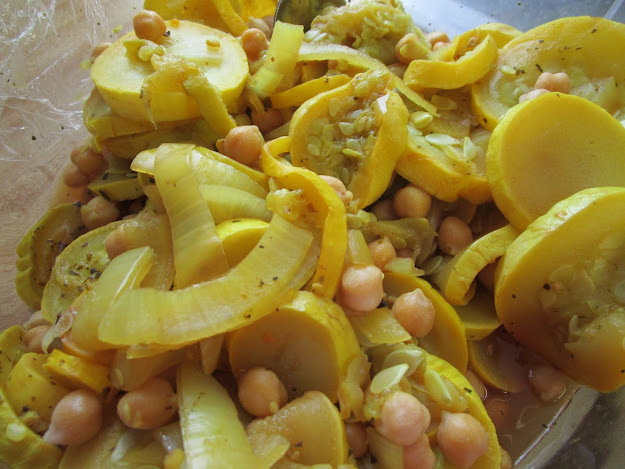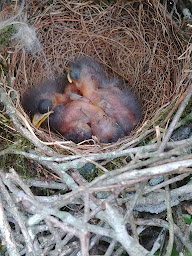Native shrubs are often over-looked when we think about curb appeal. However, by choosing to plant natives you are ensuring that your plantings will grow to their personal best, and will tend to be a bit less stress and worry.
There seems to be a growing trend toward native planting. People are veering toward naturalization more so than the perfectly manicured specimen plantings of the past.
People are also looking to plant more edibles. Native edibles are even better.
Lindera |
Lindera
|
Lindera is a member of the laurel family. It is native to the eastern U.S and north as far as Ontario. It is commonly known as spicewood, spicebush, and Benjamin bush. These shrubs are very aromatic and produce berries in the fall that the birds enjoy. Native Americans used the dried fruits from these plants as a spice for cooking. The fruit has a somewhat peppery taste and smell.
 |
Sweet Shrub
|
Sweet ShrubCalycanthus enjoys full sun to partial shade and well-drained soil. They grow best in neutral to slightly acidic soil and only need to be watered in times of drought. Sweet Shrub is also known as Bubby bush, Bubby rose, Sweet Bubby, as well as Carolina allspice. Calycanthus can be used as a foundation planting but they can grow rather large so keep that in mind. Sweetshrub can grow 6 to 10 ft tall and wide. Their dark green foliage and very fragrant wine-colored blooms can send out a very sweet spicy aroma wafting in the breeze.
Carolina Jessamine
 |
Carolina Jessamine
|
Carolina Jasmine is a common name for Carolina Jessamine. This is a woody vine with golden yellow trumpet-shaped blooms. It can be trained to posts or trellises or if left to grow on the ground it makes a beautiful mounding ground cover. Photo credit :
Carolina jessamine (Gelsemium sempervirens) is South Carolina’s state flower.
Karen Russ, ©2007 HGIC, Clemson Extension
Elderberry
 |
| Elderberry |
Elderberry has been around for a very long time. Most people used to believe them to be poisonous. That is not entirely true. While the plant does have some toxicity, you can rid the fruit of any possible toxins simply by cooking them. Elderberry, when used properly has a variety of health benefits. However, even though you can purchase manufactured derivatives of the elderberry plant, natural is always better
PawPaw
 |
Paw-Paw
|
PawPaw is a small deciduous fruit tree that is native to 25 states. It will produce a small to medium-size fruit that has a soft texture and tastes somewhat tropical. For ages, the paw-paw has been used to treat and even cure some gastrointestinal issues and even prevent renal failure. It may take 5 to 8 years for trees to produce fruit when started from seed. If they are grafted from cuttings then you may see fruit in as little as 3 years.
Witch hazel
 |
Witch Hazel
|
Witch hazel is a large deciduous shrub/tree. It has yellow fringed blooms from September to December and sometimes longer depending on the severity of the winter, usually appearing after it has dropped its golden fall foliage. These shrubs can grow rather large. Topping out at 20 to 30 feet with a comparable spread makes them the king of all native shrubs. These shrubs can be used in rain gardens or to create a tall hedgerow. Bear in mind witch hazel is not very drought tolerant. Frequent watering may be needed when we experience prolonged periods with no rain.










